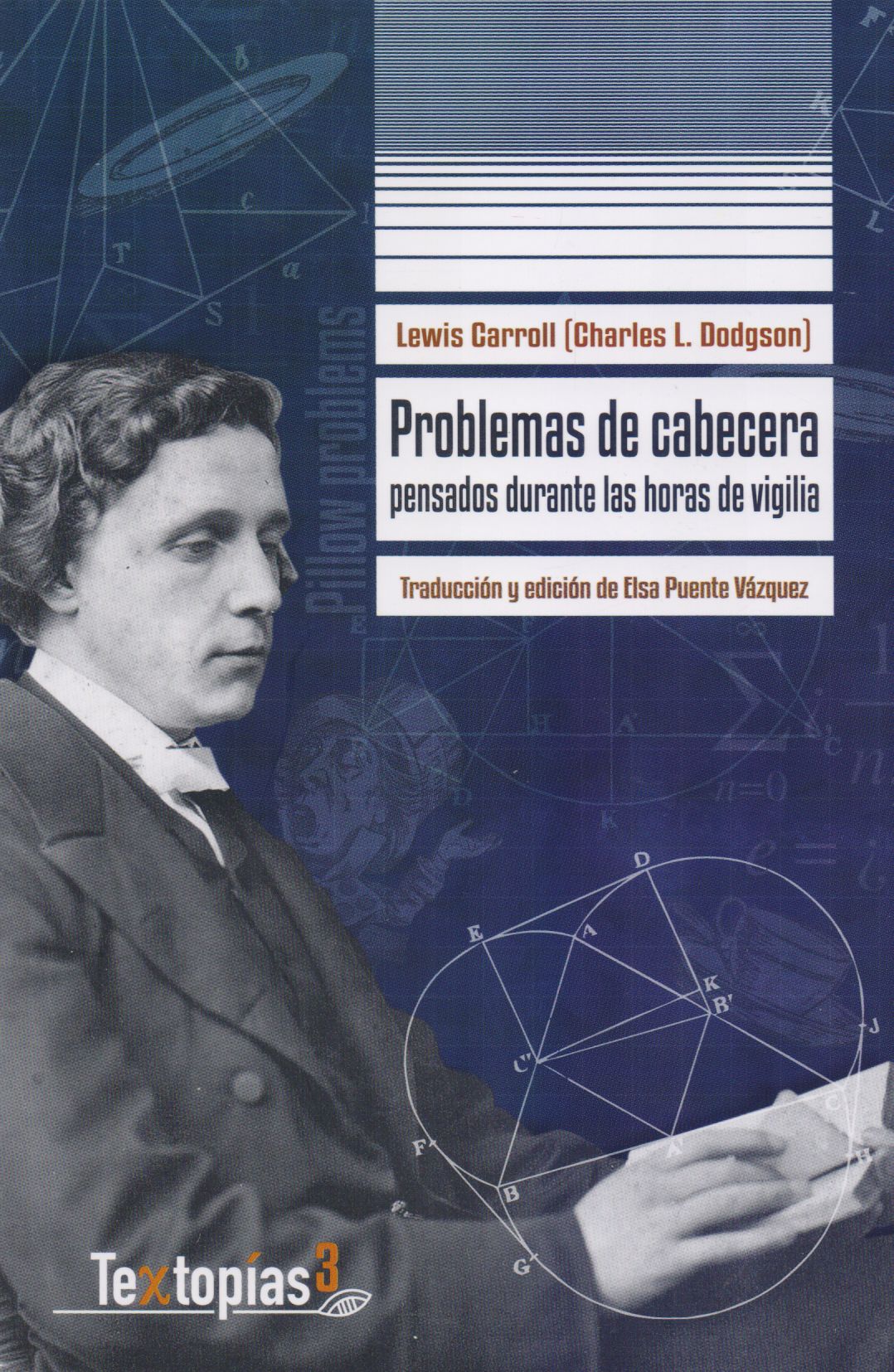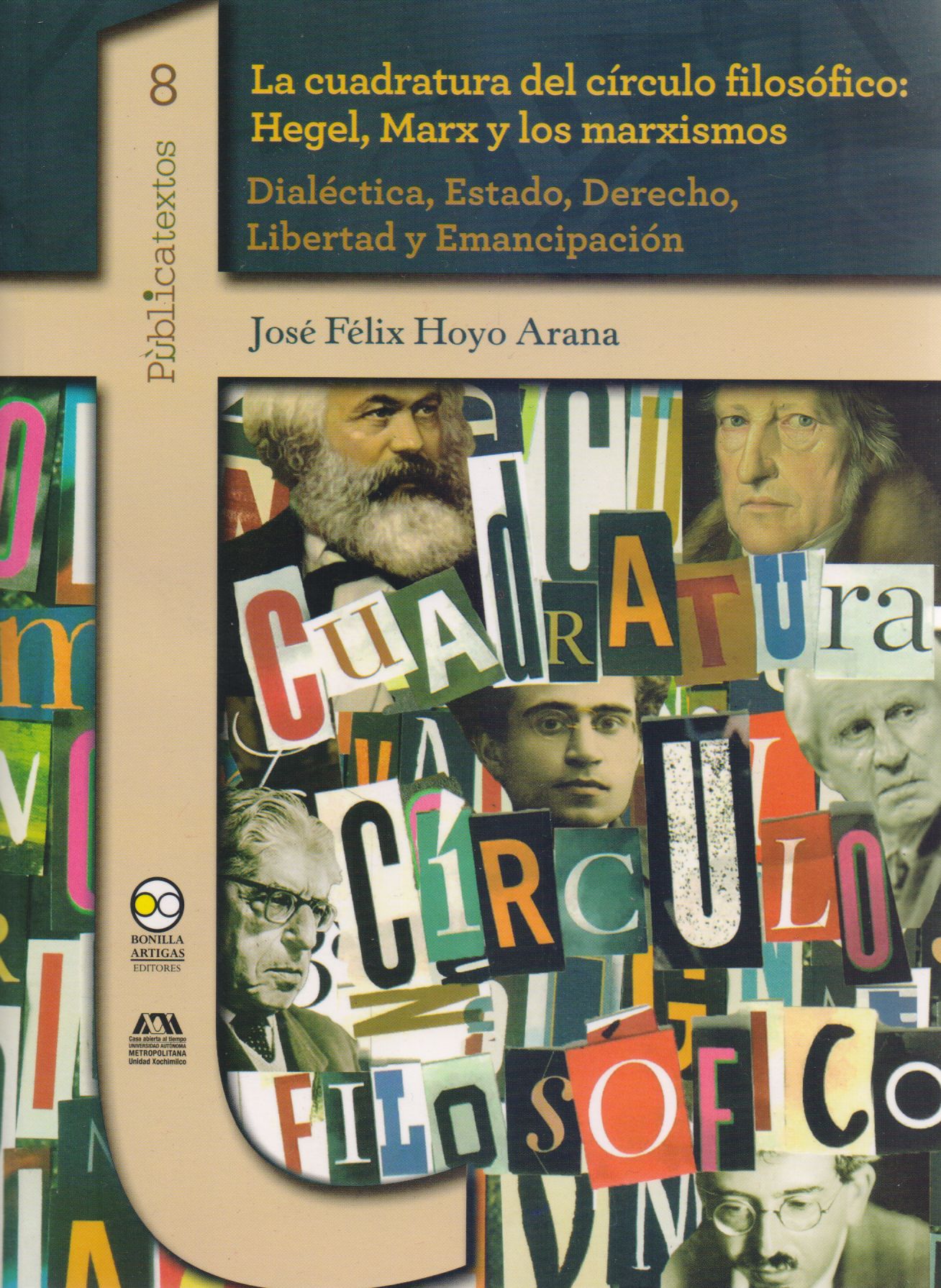Libros relacionados
 |
Problemas de Cabecera: Pensados Durante Horas de Vigilia Carroll, Lewis (Charles L. Dodgson) Bonilla Artigas Editores |
 |
Cuadratura del Círculo Filosófico, La: Hegel, Marx, y los Marxismos Hoyo Arana, José Félix Bonilla Artigas Editores |
 |
Estudios de las Mujeres Hacia el Espacio Comnún Europeo, Los Arriaga Flores, Mercedes / Estévez Saá, José / López Enamora Arcibel Editores |
 |
Genero, Acoso y Salud. Violencia Contra las Mujeres Gómez Terrón, Rafaela / Guerra García, Mónica / Rodíiguez Sa Arcibel Editores |
 |
Entendiendo la Figura de la Académia Mexicana: 4 Relatos de Éxitos y Contencione Castañeda-Mayo, Judith Arcibel Editores |


|
Título: Third Person. Authoring And Exploring Vast Narratives | |
| Autor: Harrigan Pat, Wardrip-Fruin Noah | Precio: $560.00 | |
| Editorial: The Mit Press | Año: 2009 | |
| Tema: Estudio, Medios Digitales, Tecnologia | Edición: 1ª | |
| Sinopsis | ISBN: 9780262232630 | |
| The ever-expanding capacities of computing offer new narrative possibilities for virtual worlds. Yet vast narratives_featuring an ongoing and intricately developed storyline, many characters, and multiple settings_did not originate with, and are not limited to, Massively Multiplayer Online Games. Thomas Mann's Joseph and His Brothers, J. R. R. Tolkien's Lord of the Rings, Marvel's Spiderman, and the complex stories of such television shows as Dr. Who, The Sopranos, and Lost all present vast fictional worlds.
Third Person explores strategies of vast narrative across a variety of media, including video games, television, literature, comic books, tabletop games, and digital art. The contributors_media and television scholars, novelists, comic creators, game designers, and others_investigate such issues as continuity, canonicity, interactivity, fan fiction, technological innovation, and cross-media phenomena. Chapters examine a range of topics, including storytelling in a multiplayer environment; narrative techniques for a 3,000,000-page novel; continuity (or the impossibility of it) in Doctor Who; managing multiple intertwined narratives in superhero comics; the spatial experience of the Final Fantasy role-playing games; World of Warcraft adventure texts created by designers and fans; and the serial storytelling of The Wire. Taken together, the multidisciplinary conversations in Third Person, along with Harrigan and Wardrip-Fruin's earlier collections First Person and Second Person, offer essential insights into how fictions are constructed and maintained in very different forms of media at the beginning of the twenty-first century. |
||
Librería Bonilla SA de CV © Todos los derechos reservados. 2019
Última actualización: Jul 2019




